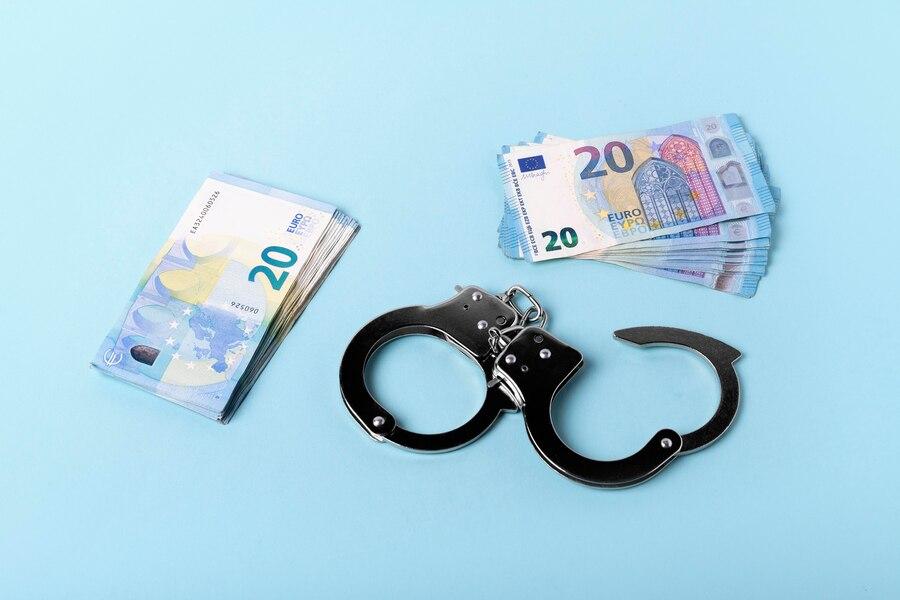Financial fraud in the form of selling counterfeit stocks and bonds is one of the most common and dangerous schemes of deception existing in the modern stock market. These schemes target both inexperienced investors and financially well-off people and can lead to significant losses. In this article, we will look at how this fraud is carried out, what schemes criminals use, and how you can protect yourself from such financial manipulations.
The Nature of Stock and Bond Fraud
Securities fraud encompasses a wide range of actions, including the sale of counterfeit stocks and bonds, manipulation with investment accounts, and providing false information about a company. It is not just deception — it is a crime that falls under financial market legislation and can lead to serious criminal penalties for the perpetrators.
The foundation of financial fraud is trust. Fraudsters use this trust to convince potential investors to invest in their schemes. Most often, they operate through various platforms such as social networks, forums, or special sites that look like legitimate financial organizations.
Fake Stocks and Bonds: How Does It Work?
Fake stocks and bonds are counterfeit financial instruments created by fraudsters to profit. Usually, fraudsters develop an entire scheme that includes creating fake documents, advertising materials, and even websites that mimic real companies.
Fraudsters try to create the maximum appearance of legitimacy. For example, they may use well-known company names or produce fake reports claiming high profits and promising investment prospects. This creates a false sense of security for potential investors.

Examples of Fraud Schemes
The use of fake stocks and bonds can take various forms. One of the most common schemes is the so-called "Ponzi scheme." In this case, fraudsters attract new investors by paying them returns from funds received from later investments rather than from a real existing business. In the end, when the flow of new investors stops, the entire scheme collapses.
Another common scheme is "cyber fraud." In this case, fraudsters use the internet to spread fake offers to sell stocks and bonds. They may create fake websites or send phishing emails to gain access to investors' personal information.
How to Protect Yourself from Securities Fraud?
You can protect yourself from fraud with fake stocks and bonds by following a few important recommendations. First of all, it is necessary to carefully verify the information about the company in which you intend to invest. This includes studying its financial reports, reading reviews, and referring to official sources such as financial regulators' websites.

It is also important to be cautious with offers that seem too good to be true. If you see promises of guaranteed high returns with minimal risks, this should raise suspicions. Often, fraudsters use aggressive sales tactics and pressure investors to make quick decisions without waiting for an opportunity to conduct thorough research.
It is worth noting separately that reliable investment companies are always open to transparent communication and offer the opportunity to ask questions. If a company avoids answers and evades providing information, it is better to refrain from investing in its products.

Consequences of Financial Fraud
Financial fraud, including the sale of fake stocks and bonds, can have serious consequences for victims. Losses can range from small amounts to significant financial devastation, and recovering the spent funds can be extremely difficult.
In some cases, victims of fraud can sue the criminals, but the process of recovering funds can take a long time and depends on the availability of evidence. Moreover, many fraudsters operate under false names, which significantly complicates their capture.
Key Signs of Financial Fraud
It is not always easy to identify fraud in the stock market, but there are some key signs to pay attention to. Professional investors and financial analysts highlight several main signals:
- Unsubstantiated promises. If you are offered guaranteed profits without risk, this is a clear sign of fraud.
- Lack of transparency. Ensure that the company provides access to necessary information about its finances and activities.
- Aggressive marketing practices. If you are being pressured to make a quick decision (e.g., pressured with time constraints), this also indicates possible fraud.
- Incorrect or non-existent licenses. Genuine investment companies always have licenses issued by government financial authorities.

It is important to remember that research and analysis can help you avoid many pitfalls and protect your financial assets from fraudsters.
Financial fraud associated with counterfeit stocks and bonds remains one of the most serious threats to investors in the market. Constantly evolving schemes of deception make it hard to detect, but knowing the basic principles and signals of fraud can help keep your funds safe. Be attentive, conduct thorough research, and refer to authoritative sources of information to protect yourself from potentially dubious offers. Investing is always associated with risks, but the task of every investor is to minimize these risks by making informed choices and verifying information sources.


